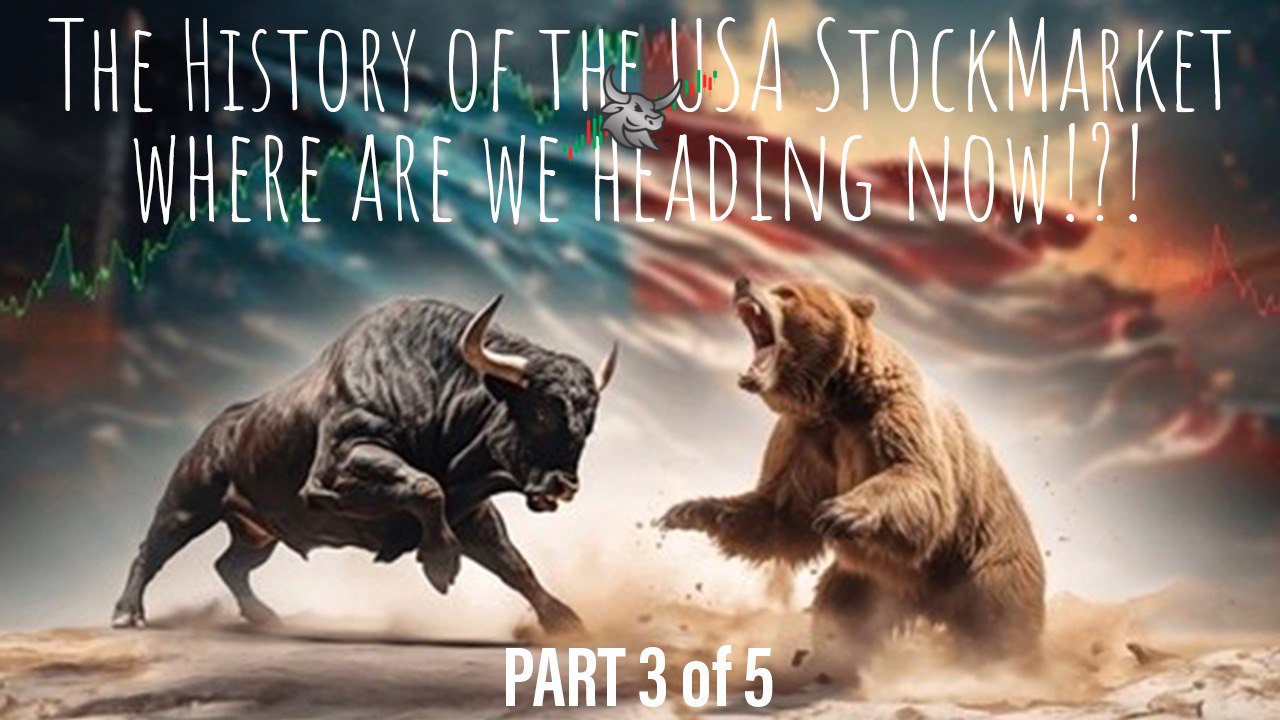By Albert Laurin, Published: May 28th, 2024 – (Part 3/5, China / USA Probabilty for War)
Throughout history, many of the world’s most devastating wars have been driven by economic factors and the competition for resources. From ancient conflicts to the modern era, economic instability and the desire for resources have often been underlying causes of major wars. This section will explore how these factors contributed to the outbreak of World War I, World War II, and other significant conflicts, providing a deeper understanding of the historical context of economic warfare.
World War I (1914-1918)
Economic Rivalries and Imperial Ambitions: The late 19th and early 20th centuries were marked by intense economic competition among the great powers of Europe. Industrialization had created a demand for raw materials and new markets. Countries like Germany, Britain, and France competed fiercely for colonies in Africa and Asia to secure resources such as minerals, oil, and agricultural products.
Military Alliances and Arms Race: The economic rivalries were accompanied by a buildup of military forces and the formation of complex alliances. Germany’s rapid industrial growth and its ambitions for a “place in the sun” led to the expansion of its navy, challenging British naval supremacy. The competition for military dominance strained relations and created an environment ripe for conflict.
Triggering Event: The assassination of Archduke Franz Ferdinand of Austria in 1914 was the spark that ignited the war. However, the underlying economic tensions and the web of alliances ensured that what could have been a localized conflict escalated into a full-scale world war. The war resulted in immense human and economic costs, reshaping the global order.
World War II (1939-1945)
Great Depression and Economic Instability: The Great Depression of the 1930s created widespread economic hardship and instability. High unemployment, deflation, and social unrest led to the rise of extremist political movements, including the Nazis in Germany and militarists in Japan. These regimes sought to resolve economic problems through aggressive expansion and conquest.
Territorial Expansion and Resource Acquisition: Germany, under Adolf Hitler, aimed to secure “Lebensraum” (living space) by conquering Eastern Europe, where it could exploit agricultural land and raw materials. Japan pursued a similar strategy in Asia, seeking to control territories rich in oil, rubber, and other resources necessary for its industrial economy.
Economic Sanctions and Military Aggression: In response to Japan’s expansionist policies, the United States imposed economic sanctions, including an oil embargo. This move was intended to curb Japanese aggression but instead prompted Japan to launch the attack on Pearl Harbor, drawing the U.S. into the war. Similarly, Germany’s invasion of Poland in 1939, driven by expansionist and economic motives, triggered a broader conflict with Britain and France.
Pre-20th Century Conflicts
Napoleonic Wars (1803-1815): The Napoleonic Wars were driven by France’s desire to dominate Europe economically and politically. Napoleon’s Continental System aimed to weaken Britain by blocking its trade with Europe, leading to widespread economic disruption and prolonged military conflict.
Seven Years’ War (1756-1763): Often considered the first “world war,” the Seven Years’ War involved multiple great powers fighting over colonial territories and trade routes. Economic interests in North America, India, and the Caribbean played significant roles in the conflict, which reshaped the global balance of power.
Thirty Years’ War (1618-1648): Although primarily a religious conflict, the Thirty Years’ War also had significant economic dimensions. Control over lucrative trade routes and territories in the Holy Roman Empire motivated various European powers to participate in the war, which devastated much of Central Europe.
Other Key Conflicts Influenced by Economic Factors
Spanish-American War (1898): The U.S. sought to expand its influence and secure economic interests in the Caribbean and the Pacific. The war resulted in the U.S. acquiring territories such as Puerto Rico, Guam, and the Philippines, enhancing its strategic and economic position.
Resource Wars in Africa (late 19th to early 20th century): European powers engaged in intense competition for control of African territories rich in resources like gold, diamonds, and rubber. The Scramble for Africa led to numerous conflicts and the exploitation of African economies.
Conclusion
Economic warfare and the competition for resources have been significant drivers of major conflicts throughout history. From the Napoleonic Wars to World Wars I and II, the pursuit of economic advantage and control over resources has often led to military confrontations. Understanding these historical contexts underscores the potential risks posed by modern economic tensions and the importance of addressing them to prevent future conflicts. As global powers navigate today’s complex economic landscape, the lessons of the past remain highly relevant in striving for a more stable and peaceful world, but we should always be consistently “Evaluating the Probability of War Between Russia-China and the USA” as tensions have deep impacts on humanities future.
Look for part 4 of 5: Evaluating the Probability of War Between Russia-China and the USA
A FIVE PART SERIES, PARTS 1 TO 5 SCHEDULED FOR 6AM RELEASE MAY 26 TO MAY 30

ADVERTISEMENT
For more information; click on the photo to access their website






